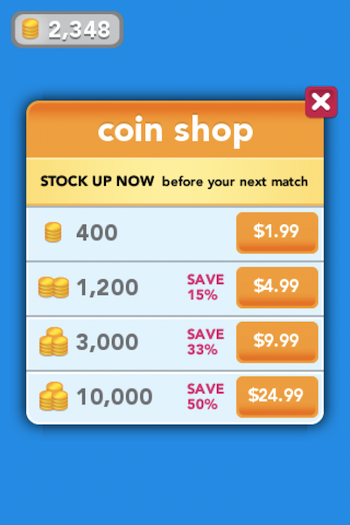Let’s talk virtual goods. What are virtual goods? Nothing. Really, they’re nothing because they’re not real. Yet they have now become an industry of their own, starting off as a niche market and spilling over onto the masses. It’s pretty much been broken down into a six-step process:
- Buy an iPad (replace with a Smartphone or tablet of choice)
- Promise to find many productive uses of the device
- Instead, discover and download Draw Something (replace with game of choice)
- LOVE Draw Something
- Draw a cryptic drawing of Nicki Minaj and find that the only thing missing is that exact shade of pink from the neon package
- Tap buy to purchase that neon package
Hundreds of millions all over the world are avidly following these steps.
Virtual goods have only really popped up in recent years, though it seems like they’ve been around a lot longer. Think back to 2009 when Facebook still had the “birthday gift” feature available, and its cash cow Farmville, was in the beginning stages of reaching extreme popularity, and due to the horrifying amount of invitations we all got from that one friend who got a little too into the game, reaching the extreme of annoying. These, plus other virtual goods, reached nearly a $1 billion in sales in 2009 and $2.3 billion in sales in 2011. 2012 is has been forecasted to be the claim to fame for virtual good sales, as if they haven’t made their place in the market already. This is evident in the simple fact that they are pretty much everywhere.
This is the world in which we currently live in. People rush to buy something that is intangible and has no real added value, other than psychologically forcing us to think our gaming experience has suddenly gotten so much better. But after all, isn’t that the whole point?


